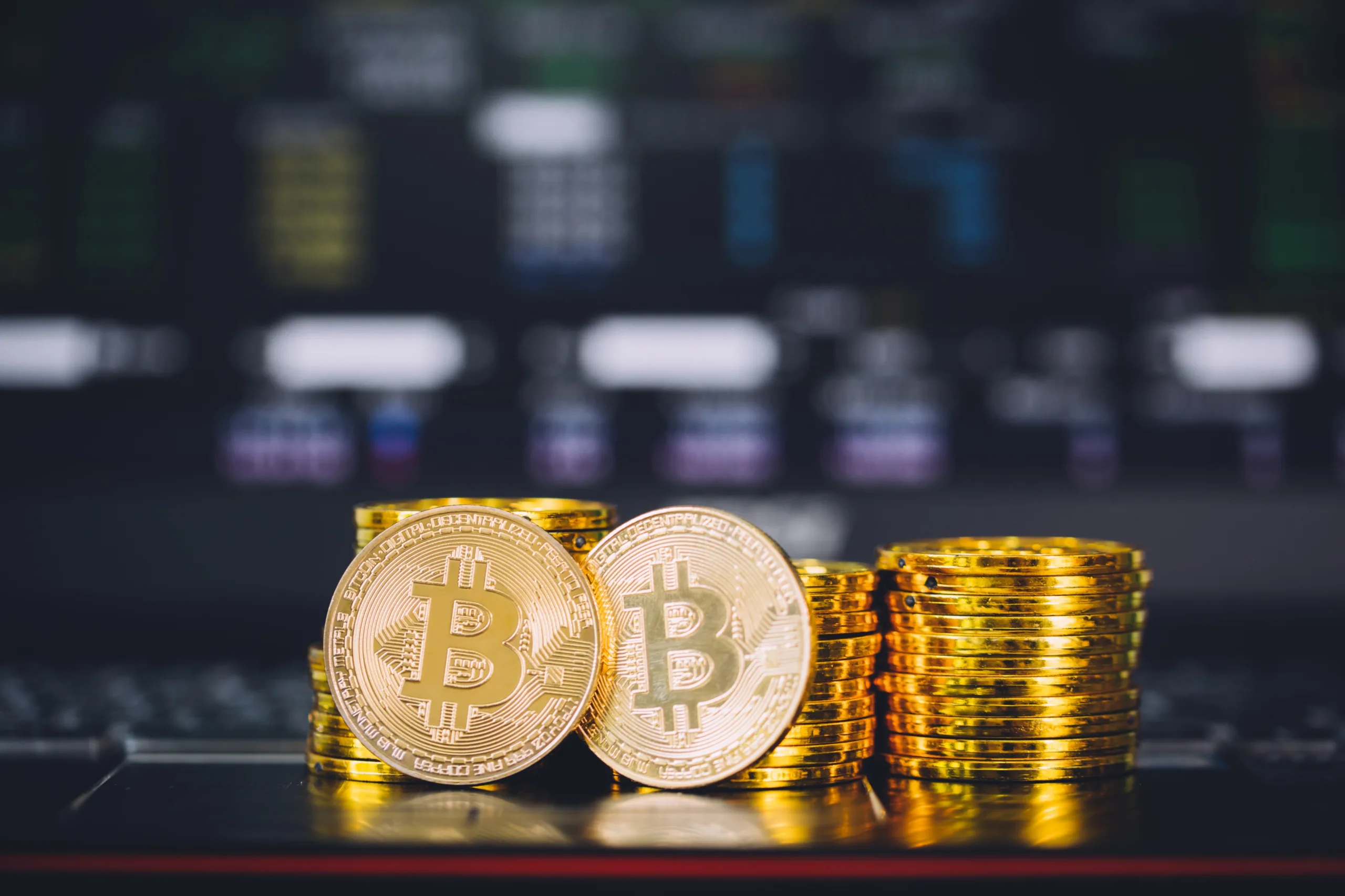
Bitcoin’s Rally: Surpassing $63K for the First Time Since 2021
In a stunning financial development, Bitcoin has shattered expectations, soaring past the USD$60,000 mark for the first time since November 2021. This surge reflects a
Discover our Blogs covering the latest news in bitcoin and cryptocurrency.

In a stunning financial development, Bitcoin has shattered expectations, soaring past the USD$60,000 mark for the first time since November 2021. This surge reflects a

In the everchanging realm of cryptocurrency, the identity of Satoshi Nakamoto, the architect of Bitcoin, remains the most captivating mystery. Back in 2008, an individual

The approval of 11 spot Bitcoin Exchange Traded Funds (ETFs) by the U.S. Securities and Exchange Commission on January 10th, 2024, heralds a significant development

In a world dominated by the constant flux of news cycles, it’s natural to expect that the inherent volatility of the financial markets would extend

In the intricate world of Bitcoin’s blockchain, a phenomenon known as “Bitcoin halving” reverberates as a cornerstone event. Halving entails a reduction in mining rewards

2023 has been a very eventful year for Bitcoin, with its price experiencing significant fluctuations. After a strong rally, Bitcoin’s value reached near $30,000, coming
Established in 2016, HoneyBadger is your secure partner in Canadian cryptocurrency investment.
Subscribe to our newsletter for the latest news in cryptocurrency.